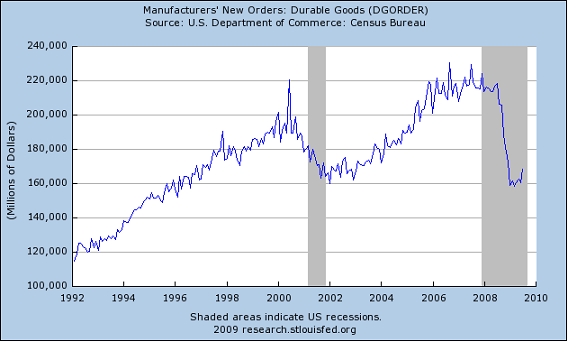Many investors are looking for higher yielding dividend paying stocks in an effort to build their equity positions while taking on less risk. Since the total return on a stock equals its price appreciation plus dividend yield, many investors believe stocks that have an above market yield are likely safer and more likely to generate market beating returns.
A recent research article,
Reaching for Yield Without Getting Burned, prepared by John Wightkin, CFA, Director of Equity Research Applications for Charles Schwab & Co., proposes overlaying a momentum screen on top of the yield screen.
The database used in the article was the top 1,500 stocks by market capitalization over the past 20 years. This group of stocks was further divided into five groups. The initial group, Group 0, included all stocks that did not pay a dividend. The remaining stocks were divided into four equal groups with Group 1 containing the stocks with the lowest yield and Group 4 comprising the stocks with the highest yield. As the below table notes, the highest yielding stocks did not generate the highest return and just barely beat the non dividend paying group (Group 0).

The Schwab research noted that one reason the highest yielding group lagged Groups 2 & 3 is Group 4 contained stocks that had twice as many dividend cuts as the other dividend paying groups. Instead of avoiding Group 4 altogether, the Schwab research determined that using a six-month price momentum screen could uncover attractive high yielding equities.
The research divided Group 4 stocks into quintiles based on the stock's six-month price momentum. The stocks with the lowest price momentum were classified as Segment A and the highest momentum stocks were placed in Segment E. The stocks with the greatest price momentum, Segment E, outperformed the other segments.

In looking at the fundamentals of the highest momentum stocks compared to the lowest momentum stocks, it is evident the higher momentum stocks seemed to be telegraphing a better earnings picture going forward.

Compared to the stocks with the lowest price momentum (Segment A), stocks with the highest price momentum (Segment E) had:
- more dividend increases.
- fewer dividend cuts.
- more net increases in analyst earnings estimates and fewer net reductions in analyst earnings estimates.
In summary, screening for stocks and then evaluating how the screen performs over time is a good idea for investors. I would be curious about the survivorship bias and the adjustments that were made in prior periods. Given all the dividend cuts of late, did the company's reduced yield drop the stock into a different group. The point for investors, don't take screen results for granted. One must understand how the data is being assembled when reviewing screening results.
Source:
Reaching for Yield Without Getting Burned By: John Wightkin, CFA
Charles Schwab & Co.
August 11, 2009
http://www.schwab.com/public/schwab/research_strategies/market_insight/investing_strategies/stocks/reaching_for_yield_without_getting_burned.html?cmsid=P-3196786&lvl1=research_strategies&lvl2=market_insight&

































